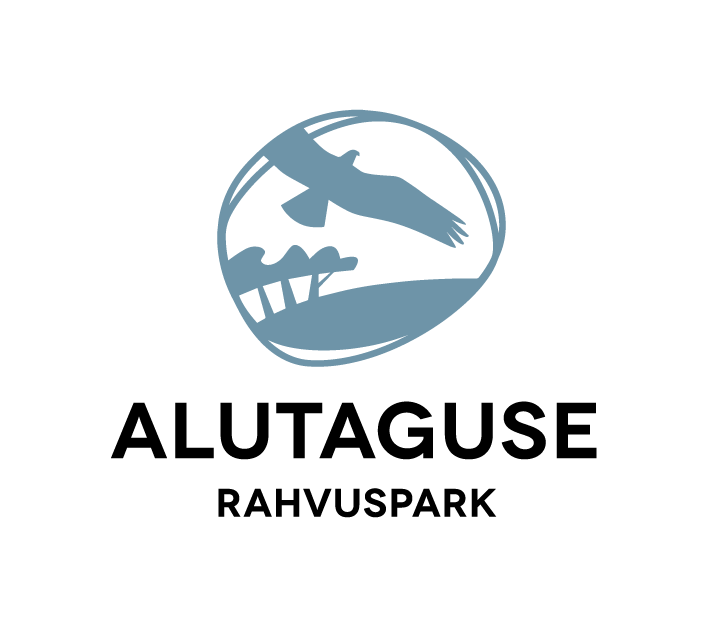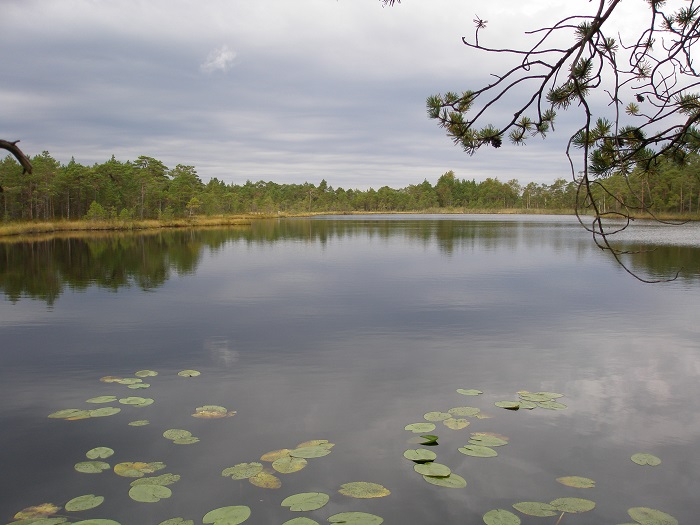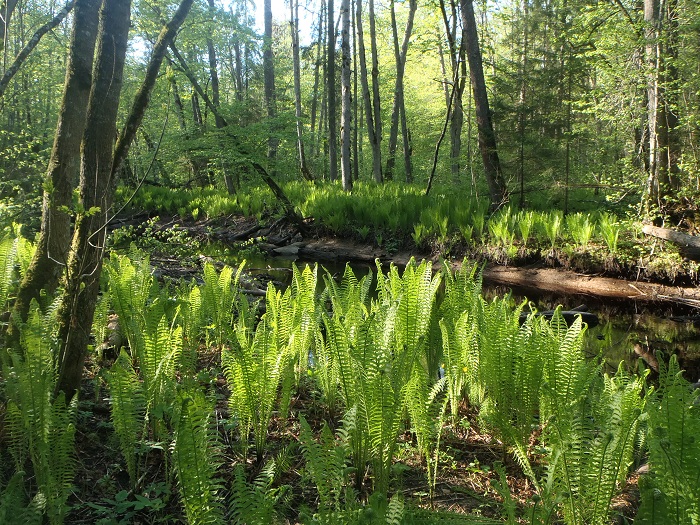
Puhatu bog system
The Alutaguse National Park, Puhatu Protected Area (12,320 ha) has been founded for the conservation of wetlands, protected species and their habitats. In its east, the protected area encompasses the Poruni River and the river valley together with species-rich alluvial and broadleaved primeval forests. The Puhatu Protected Area is a part of the Natura 2000 network.


Lake Viinamardi. Photo by Jürgen Öövel
The Puhatu Protected Area covers almost a fifth of the former largest complex of wetlands in Estonia (57,000 ha). A big part of the wetlands has been destroyed due to both the oil shale and peat production and the forest drainage. Puhatu is one of the last big transition mires in Estonia, not affected by drainage.
21 protected species of plants grow in Puhatu. There is Estonia’s only habitat of the grove sandwort. The special portection area of international importance provides habitats for the golden Aquila chrysaetos (I cat), short-toed Circaetus gallicus (I cat) and white-tailed eagles Haliaeëtus albicilla (I cat) and the osprey Pandion haliaetus (I cat), as well as for Estonia’s largest population of the willow grouse. The number of the willow grouse Lagopus lagopus ( I cat) is decreasing and there is a danger of extinction of the species in Estonia. In the protected area, 48 species of mammals, including some rare ones in Europe, live. The migration routes of numerous species pass through the wetlands.
The Poruni Study Trail enables you to learn about primeval and alluvial forests.
.jpg)

River Poruni. Photo by Anne-Ly Feršel
Ida-Virumaa’s largest protected areas have been formed to protect the Alutaguse Wetlands, all of which being the parts of the Natura 2000 network. The naturally preserved mires are rare throughout Europe. Wetlands contain considerable stocks of clean water and it is important for both people and the species living there to protect them. Only 16% of the former territory of our wetlands has been placed under protection. Due to drainage, most bogs are not able to produce more peat. Nearly all Estonia’s greatest wildfires have takem place in drained bogs. The importance of wetlands is more and more acknowledged and possibilities for their restoration are actively being sought for. In addition to the drainage for the forest plantations and peat production, the county’s fens and bogs are also endangered by the oil shale mines and alkaline air pollution.
- Right of way: you can pass through and stay on private land from sunrise to sunset without causing disturbance to the owner or damage to the property.
- If the private property is fenced or posted against trespassing, the landlord’s permission is necessary.
- You can use a non-propelled floating craft to move around internal water-bodies.
- It is permitted to drive your motor vehicle on public roads and pathways. Parking is allowed within designated parking areas.
- Camping and making fires is allowed only in prepared and designated locations.
- Do not use growing trees or bushes for fire.
- Making fires during a high fire-risk periods is striclty prohibited, even in special camp-fire locations.
- Please make sure no detergents enter natural water bodies
- Please use appropriate toilet facilities
- Please keep your pets under control and on leads at all times, they are a threat to wild life.
- Picking up wild berries, mushrooms and flowers etc is allowed, unless it is a protected species.
- Do not desecrate the natural beauty of the area
- Please report any damage or theft you may witness to the natural habitat to this area to 1313 (Environmental Information)
More informations: loodusega koos and visit estonia